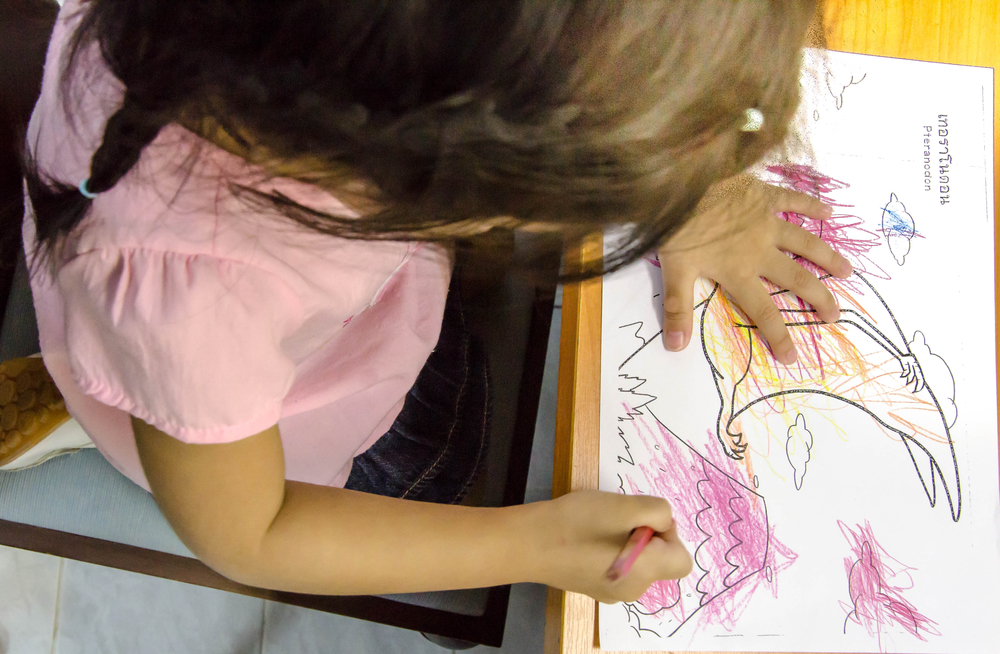Normal Space Quizzes for Ages 6-7
3 results
3 filtered results
Clear all filters3 filtered results
-
From - To
Embark on an interstellar adventure with our "Normal Space for Ages 6-7" interactive assessment quizzes! Tailored specifically for curious minds aged 6 to 7, these quizzes are designed to check knowledge and ignite a passion for the mysteries of the cosmos. With engaging questions and instant feedback, children will learn about planets, stars, astronauts, and more, all while having fun. Our quizzes make learning about space an exciting journey, offering a perfect blend of education and entertainment. Let your child explore the universe and test their space smarts with our interactive quizzes today!
In a world rapidly advancing with technology, education for the young minds of today must not only keep pace but also captivate and stimulate their inherent curiosity. This is precisely where interactive learning tools, such as Normal Space for Ages 6-7, come into play, especially in the fascinating study of outer space. These quizzes are not just another educational resource; they are a gateway for children to explore the vast expanse of the universe in a manner that is both engaging and informative.
The age bracket of 6-7 years is a critical period in a child's cognitive development. It is at this juncture that they begin to question the world around them more earnestly. The appetite for learning is immense, and their capacity to absorb and retain new information is at its peak. Normal Space for Ages 6-7 leverages this natural propensity for learning by introducing children to the wonders of the cosmos through a format that speaks directly to their sense of wonder and adventure.
The interactive quizzes are meticulously designed to align with the cognitive abilities and interests of children aged 6-7. They cover a broad spectrum of space-related topics, from the planets in our solar system to the concept of gravity, and even the life cycle of stars. Each quiz is a blend of vibrant visuals, engaging narratives, and thought-provoking questions that not only keep the children entertained but also encourage critical thinking and problem-solving skills.
One of the key benefits of Normal Space for Ages 6-7 is its adaptability to different learning styles. Whether a child is a visual learner, an auditory learner, or a kinesthetic learner, the quizzes offer something for everyone. This inclusivity ensures that no child is left behind, making learning about space accessible and enjoyable for all.
Furthermore, the interactive nature of the quizzes fosters a hands-on learning experience that is far more effective than passive learning methods. By actively participating in the quizzes, children are more likely to retain the information and develop a genuine interest in the subject matter. This active engagement also allows for immediate feedback, enabling children to understand and correct their mistakes in real-time, which is crucial for their learning process.
The integration of gamification elements, such as points and badges, into the quizzes adds an element of fun and competition, motivating children to keep learning and improving. This gamified approach not only makes learning about space exciting but also instills a sense of accomplishment and confidence in the children as they progress through the quizzes.
In conclusion, Normal Space for Ages 6-7 stands out as a prime example of how interactive quizzes can transform the learning experience for children. By making the study of space interactive, accessible, and fun, these quizzes not only aid in the cognitive development of children aged 6-7 but also ignite a lifelong passion for learning and exploration. As we continue to push the boundaries of what is possible in education, tools like Normal Space for Ages 6-7 remind us of the power of interactive learning in shaping the minds of the future.
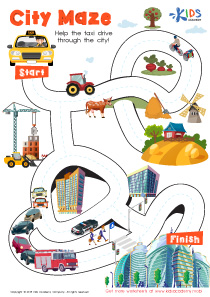
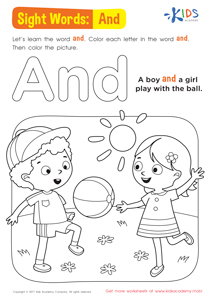
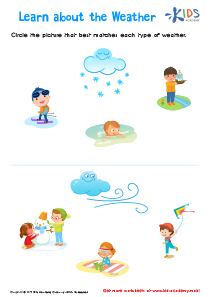
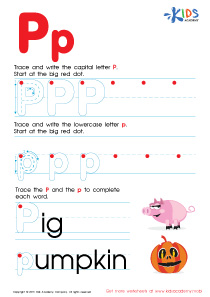
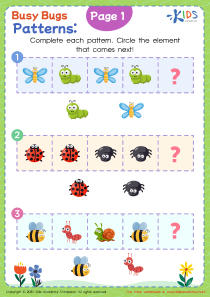

.jpg)
